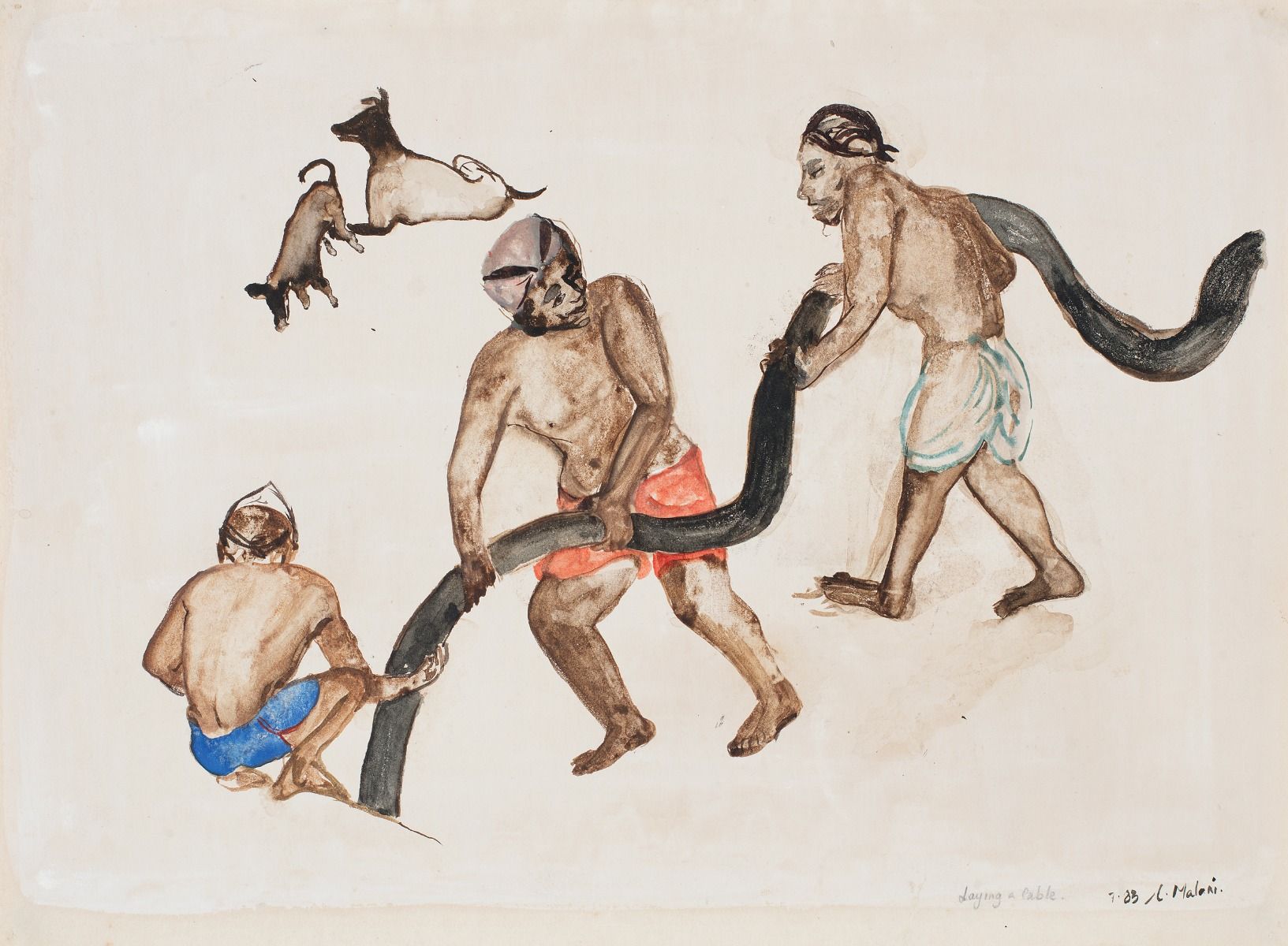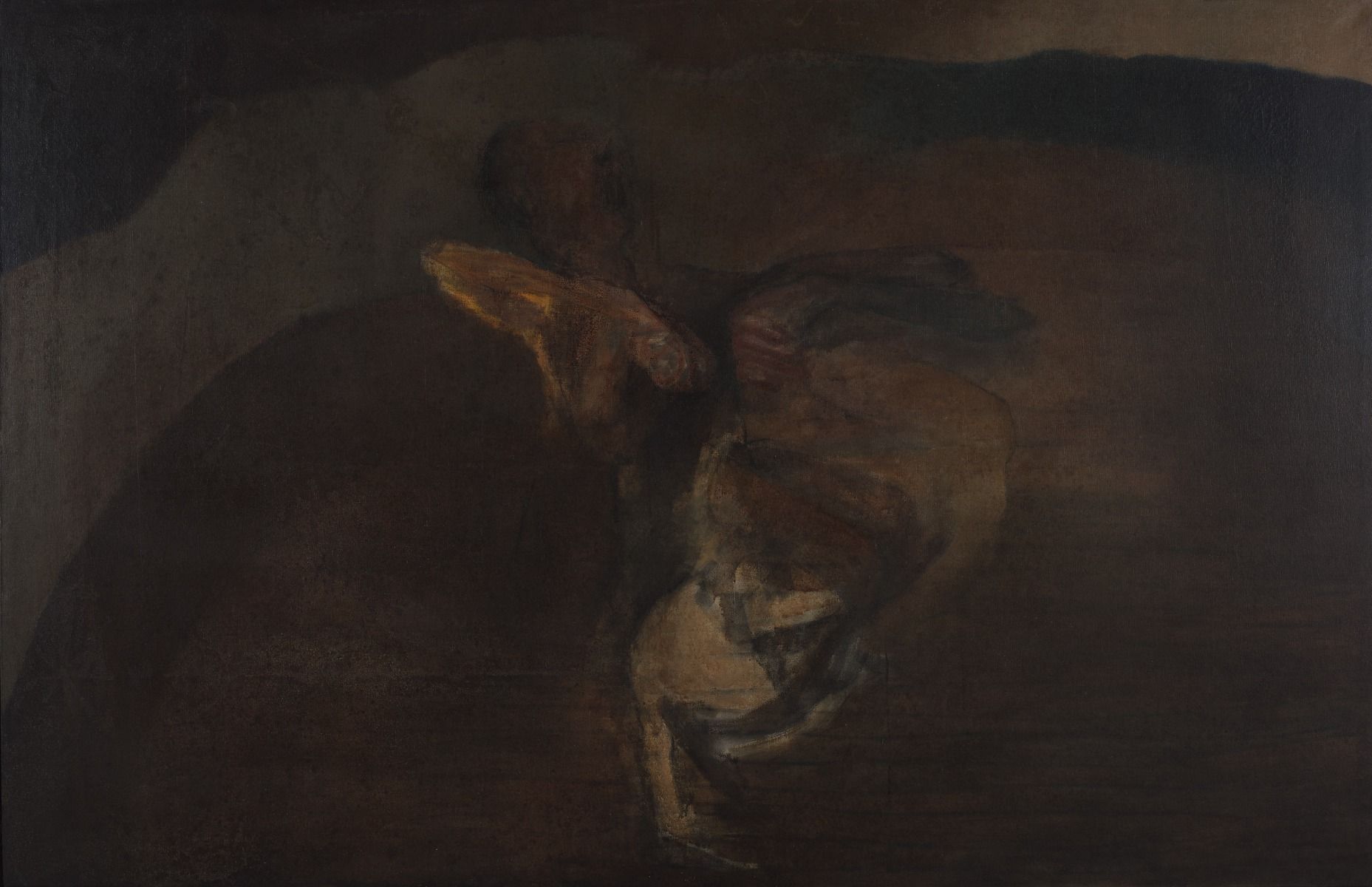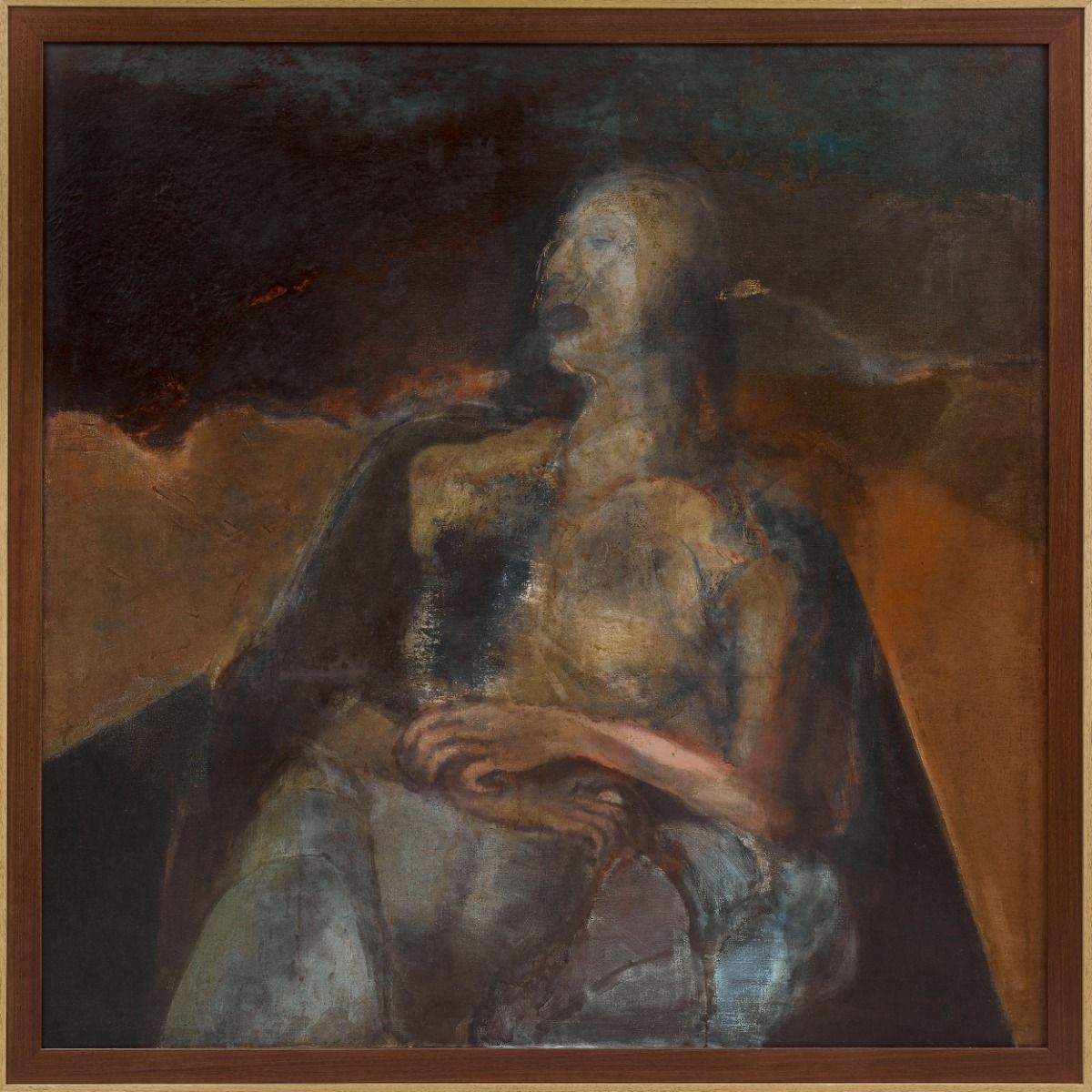Laying a Cable
Laying a Cable
Laying a Cable
|
Nalini Malani Laying a Cable year 1983 size 11.0 x 15.0 in. / 27.9 x 38.1 cm. medium Watercolour on paper published references |
| Art Artist Names Single | Nalini Malani |
|---|








